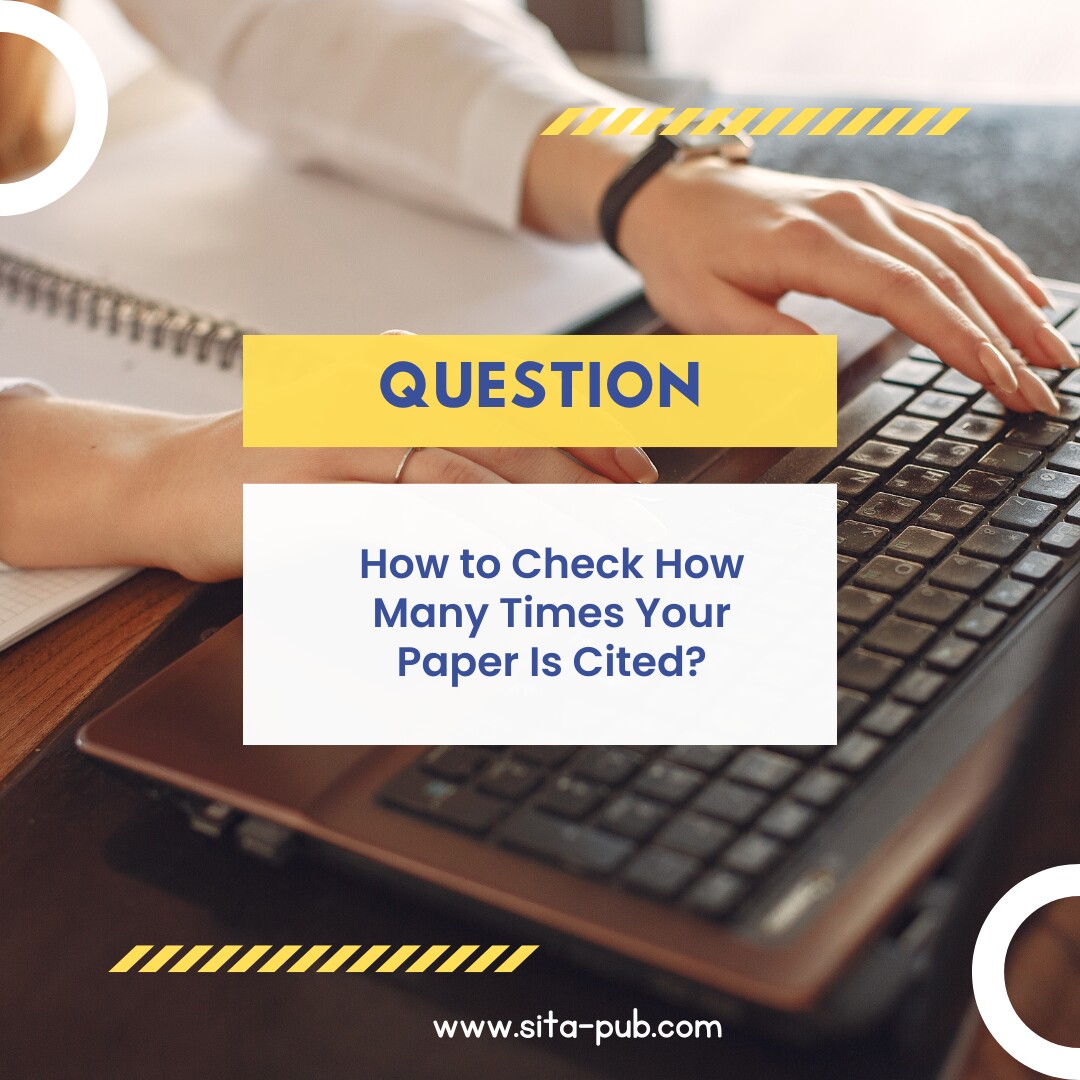How to Check How Many Times Your Paper Is Cited?


Knowing how many times your journal article is cited is important. It shows how much impact your work has in the academic world. Citations reflect your research's reach and significance, helping you understand how it contributes to your field. Here’s a simple guide to help you track and understand your citations.
You can find citation information in several online databases:
Google Scholar: This is a free tool that is easy to use. Just type the title of your paper in the search bar, and it will show you how many times it has been cited. Google Scholar also provides links to the papers that cite yours, allowing you to explore how your work is being referenced.
Web of Science: This is a paid service that gives detailed citation data for many research articles. You can search by author, title, or journal name. Web of Science also offers valuable insights into citation trends and patterns over time.
Scopus: Another paid database that tracks citations across many fields. It provides metrics like the H-Index, which shows how impactful your work is based on both the number of papers you have and how often they are cited. Scopus is widely used in academia for its comprehensive coverage.
PubMed: This free resource is great for life sciences and biomedical literature. You can search for your paper, and it will show citation counts along with related research. PubMed is especially useful for researchers in health-related fields, as it connects you with a vast network of studies.
Many universities have their own systems to track faculty publications. These repositories often include citation data, showcasing the impact of research conducted at the institution. Check your university’s library website to see if they have tools to help you find citation information for your papers. This can also help you understand how your work fits within your institution's research goals and the open access publishing initiatives they may support.
Join platforms like ResearchGate or ORCID. These profiles allow you to showcase your work and often display how many times your papers have been cited. ResearchGate also provides a social network for researchers, allowing you to connect with others in your field, share your work, and engage in discussions.
ORCID provides a unique identifier for researchers, helping to distinguish your work from others. It links your publications and provides a clear view of your research output, making it easier for others to find and cite your work.
Don't just check citations once. Look at how your citation count changes over months or years. This ongoing tracking can help you understand if your research is becoming more popular or if specific papers are gaining traction over time. It also provides insight into emerging trends in your field and how your work aligns with them, especially in the context of open access journals.
Not all citations are the same. Check where your paper is cited. If it’s mentioned in well-known journals, it means your work is influential and respected. If it’s in less-known places, it might not have the same impact. Understanding the context of your citations helps you gauge the relevance and quality of the discussions surrounding your research.
Learn about metrics like Impact Factor and H-Index. The Impact Factor shows how often articles in a journal are cited, reflecting the journal’s overall influence. A higher Impact Factor usually means that the journal is well-regarded in its field.
The H-Index, on the other hand, measures both the number of papers you have published and how often those papers are cited. This metric gives a more balanced view of your overall research impact, as it considers both productivity and citation frequency.
Understanding how many times your paper is cited helps you see its impact. By using citation databases, checking your university’s resources, and tracking citations over time, you can get a clear picture of how your research is received. This knowledge is not only valuable for your academic career but also for building collaborations and enhancing your professional reputation. Engaging with citation metrics and understanding your research’s reach can help you make informed decisions about future projects and the publication process, especially if you are considering open access publishing options.
If you have any questions, inquiries, or would like to learn more about our services, please don't hesitate to reach out to us. Our dedicated team is ready to assist you.